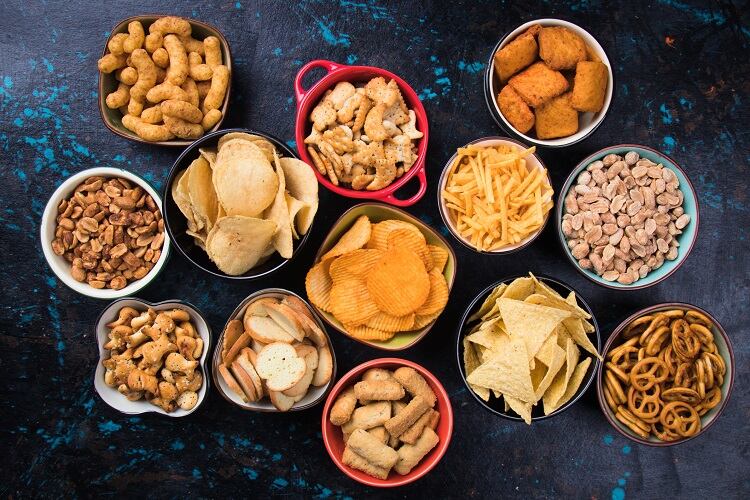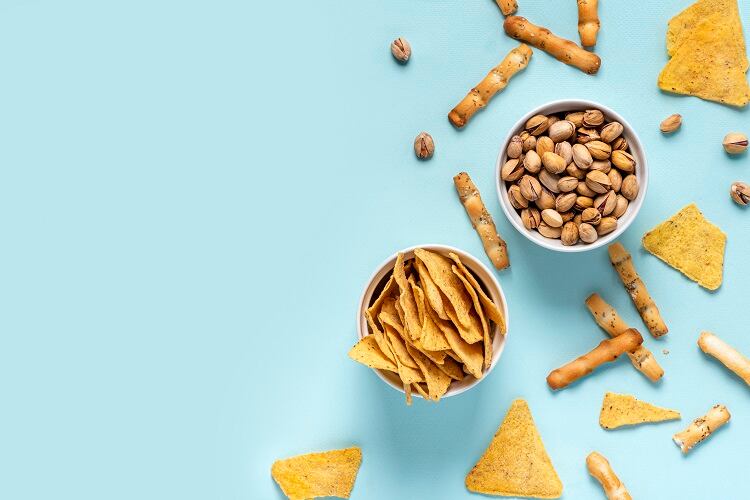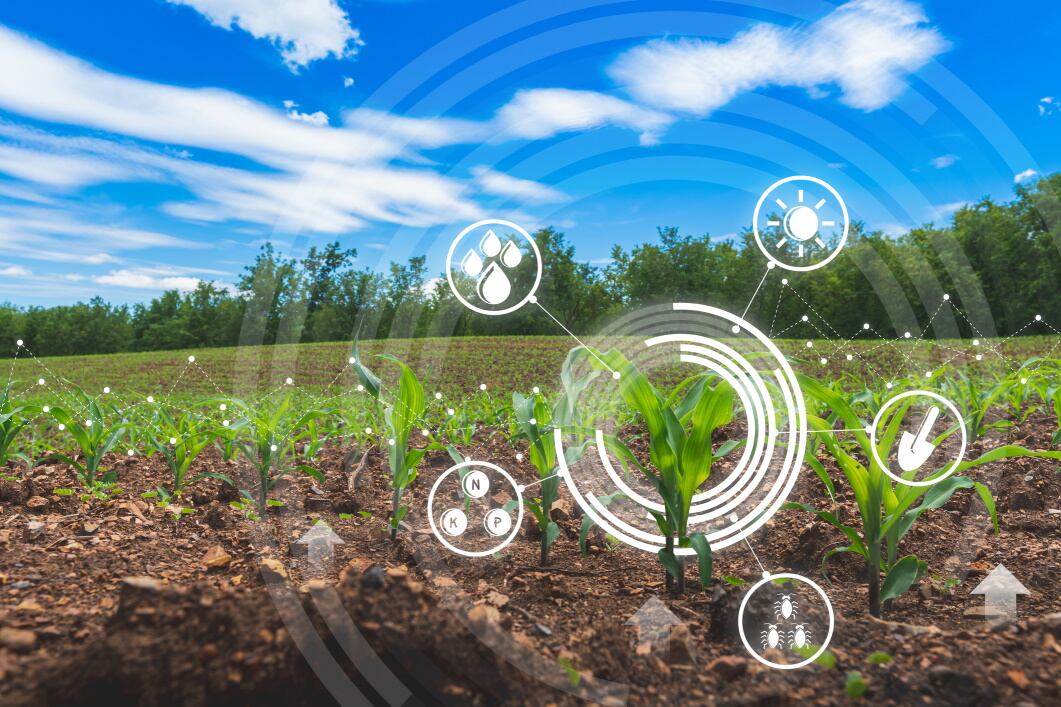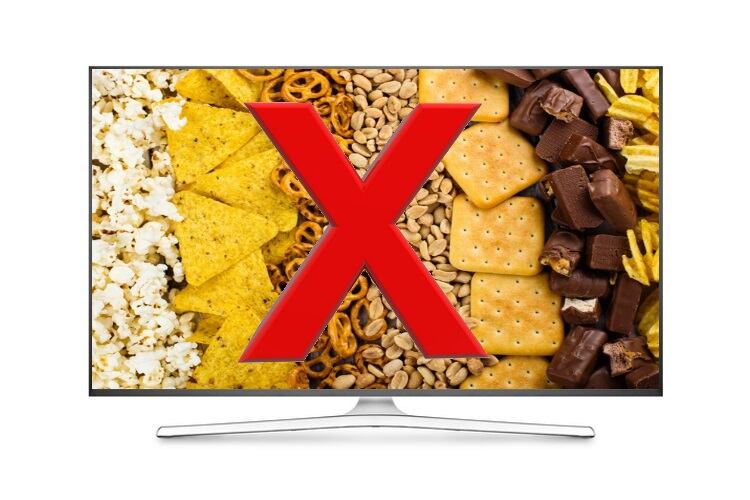As in all food categories, savoury snacks sees trends come and go. So how can food makers looking to enter the snacks game get it right? And for players already manufacturing those between-meal nibbles, are there up-and-coming trends to look out for?
FoodNavigator caught up with Sebastian Emig, Director General of the European Snacks Association (ESA) – a membership body that represents some 200 companies in 40 countries – to find out.
Little snacks, big business
Gone are the days of three square meals a day, as an increasing number of consumers opt to graze on-the-go.
According to Mondelez’s 2019 State of Snacking report, the majority of adults (59%) in 12 markets surveyed said they prefer to eat many small meals throughout the day, as opposed to a few large ones. And Millennials, even more so – with 70% in agreement.
A valuation of the snacks market reveals that snacks are big business. In 2018, the retail value of the savoury snacks market amounted to around €17bn across the bloc – representing nearly 1.5% of the European food and beverages market.
While consumption of savoury snacks across Europe varies from country to country – an average of 4kg are purchased per year per capita – the largest market is the UK. However, the Netherlands, Norway and Spain are also fans of crisps, savoury snacks and snack nuts, where consumers eat more per capita than the Brits.
Whether it be crisps, tortilla chips, pretzels, popcorn, or snack nuts, the savoury snacks category has been disrupted by one singular, overarching event this year: COVID-19. And manufacturers are responding.
Key snacks trends accelerated by COVID-19
“The COVID pandemic is deeply disrupting snacking occasions,” Emig told FoodNavigator. “In the short-term, we have seen drastic reductions

in mobility, which is changing snacking from ‘anywhere, anytime’ to ‘always at home’.
Indeed, some companies are trying to respond to this ‘always at home’ situation by developing textures and flavours that suit different times of day, or different occasions – which Emig said are designed to offer shoppers ‘comforting elements’ and ‘moments of relaxation’.
At the same time, lockdown measures have meant that impulse shopping and immediate consumption has been ‘extremely reduced’. “Savoury snacks companies have adapted to these changed settings to cater to [their fans] during this restricted time and provide consumers with moments of relief and delight.”
The category has also observed acceleration towards healthier, reformulated offerings – a trend that cannot be considered ‘new’.
Other trends that suggest an upwards trajectory include health and nutritional claims on-pack. “We see that claims such as gluten-free, organic, vegetarian, no artificial preservatives/flavours and ‘natural’ are clearly on the rise, besides the salt and saturated fat reduced products,” we were told.
The consumer is in the driving seat
While governments set the framework within which savoury snacks can be produced and marketed, it is the consumers in the driving seat when it comes to product development and reformulation.
As the ESA chief explained, consumers vote with their wallets, which ultimately decides if a product stays on-shelf or not.
Snack makers do their best to predict these voting decisions, of course. “Brands have their antennas out all the time to identify trends and developments in an effort to come out with products before the competition does. But one has to remember, that this is a diligent trial and error process with many milestones to pass – such as consumer taste panels – before a product [goes] to market.”
At the same time, shoppers are looking to spend less money on these products. “Some consumers’ wallets are getting slimmer,” Emig told this publication, “and as some are snacking or grazing beyond the savoury snacks category, snacks manufacturers have to look beyond their natural competitors to non-savoury snacks sectors.”
‘Snacks are making it or breaking it’
If the consumer is in the driving seat, it is worth asking the question: How have recent snacks innovation been received by shoppers? And what are they looking for in a product that could result a repeat purchase?
“Depending on the trend that snacks makers try to harness, and the likeability of the products, snacks are making it or breaking it,” explained Emig.

Taste remains the most important deciding factor. “For consumers, first and foremost, taste is king. If a company doesn’t get this right, the product will remain at the fringe of the market, or simply disappear very quickly.”
The second criterion is price, followed by aspects such as its ‘simplicity’, and whether it is easy to consume.
And then, of course, certain trends within the category will appeal to some more than others. Certain trends may also have greater appeal for regulators than others.
One ‘solid trend’ within savoury snacks, for example, is the use of traditional raw materials – such as peas, lentils, and quinoa. “These products have moved from the periphery…towards the centre and are now being consumed by a wide variety of consumers, and not only health and fitness-focused ones,” the Director General told FoodNavigator.
Other novel raw materials such as chickpeas and seaweed have also been successfully introduced to the market in many shapes, forms, and flavours, and the ESA chief predicts these will ‘remain a strong part’ of the savoury snacks portfolio.
“Having, broadly speaking, a lower fat and higher fibre content than a common potato crisp hasn’t gone unnoticed by regulators at EU level, and our members have been praised by the European Commission as well as by Members of the European Parliament for having successfully [nudged] these products into shopping baskets.”
Health, CBD and…does the insect trend have legs?
Improved nutritional profiles across the board have been well received by regulators, and the healthy snack trend, which Emig says is far from a ‘fad’, appears here to stay.
“What we have seen in the last decades is that the development goes clearly in the direction of health being on par with indulgence when it comes to snacking.
“The improvement of the nutritional content of savoury snacks is not a fad – it never has been – it is written on our members’ flags all over.
“Besides reducing saturated fat as well as salt, our sector is investing in novel raw materials, new production technologies, and reinforcing products with fibres and whole grain. After all, we are following the motto of sensible snacking, where savoury snacks can be part of a balanced and healthy diet and lifestyle.”

Other trends in the health and wellness space may include CBD-infused products, and the use of insects as raw materials. Yet regulation is proving to be a barrier.
“CBD is not a trend (yet) in the EU” said Emig, “due to the very strict legislation in many European countries, but is it one to come, like CBD-infused beverages for after a stressful working day.”
At the time of writing, the European Commission has decided to postpone progress of Novel Food applications concerning CBD products, while it decides whether to class non-synthetic CBD as a narcotic.
Insects is another area attracting a lot of buzz. Do these high-protein, sustainable ingredients have legs as an established trend?
Future trends
Looking ahead to 2021 and beyond, what up-and-coming trends should shoppers expect to see on-shelf? Unsurprisingly, items that champion convenience – already an established trend – will continue to flourish, the ESA chief reckons.
“Mobile work and lifestyles with a shortage of ‘me time’ have defined the evolution of the snacks market for years. Portable, convenience, and ready-to-eat foods – such as packaged snacks – have flourished in this environment.”
In the mid-term, until the end of 2021, Emig expects European societies will be defined by growing mobility, “with an ongoing fear of the virus”. The Director General also expects a significant proportion of the workforce to be working remotely during this time.
“Savoury snacks have a unique opportunity to recapture share from eat-in foodservice occasions and play its bonus of offering packaged food solutions – and also potentially look into elements that reinforce the immune system,” Emig continued.
“With the increased use of e-commerce and online shopping, companies would be wise to beef up their platforms to recreate the missing impulse purchases that happen in brick and mortar stores and invest in direct-to-consumer sales channels.”





